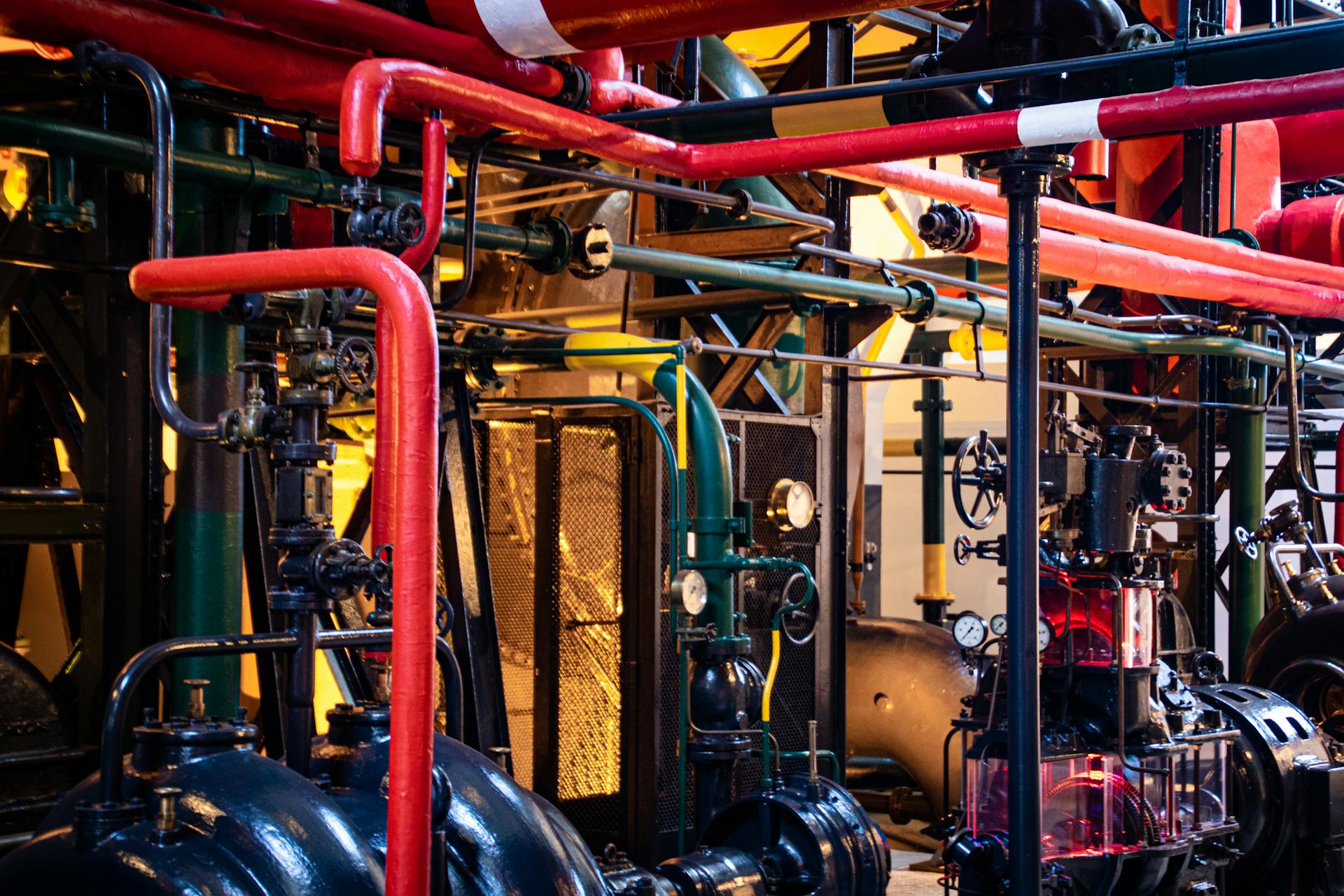Pumps are the unsung heroes of countless industrial, commercial, and residential applications. They’re the quiet workhorses that move fluids from one place to another, often with the grace of a ballet dancer beneath the surface. But, just as a tap dancer wouldn’t fare well in The Nutcracker, each pump has its sweet spot, its perfect stage for optimal performance.
Selecting the right pump is crucial – use a centrifugal pump where a positive displacement is needed, and you might as well be pushing against a brick wall. Sub in a quality barrel pump where a radial one should be, and your system could grind to a halt as if Cinderella’s glass slipper were trying to fit an ugly stepsister.
In this comprehensive guide, we’re matching pump to purpose, ensuring that with every flow, lift, and thrust, your fluid needs are met with precision.
Understanding Pump Types
To choose the perfect pump, you must first understand what types are available. Each pump has its set of characteristics that make it suitable for certain applications.
Centrifugal Pumps
These pumps are perfect for applications that require a continuous flow and not a radical surge. They are incredibly versatile and are used in a multitude of industries such as oil & gas, municipal water processing, and chemical handling.
Positive Displacement Pumps
Positive displacement pumps are best when a specific amount of fluid needs to be moved from one place to another. They are apt for high-viscosity liquids and systems that require consistent flow rates.
Axial and Radial Flow Pumps
Axial flow pumps are used when a high flow rate is desired at a low head, for example in sewage treatment. Conversely, radial flow pumps are used in applications where higher head and a modest flow rate is required, such as in cooling systems.
Matching Pumps to Applications
Domestic Water Systems
In most homes, a simple, single-stage centrifugal pump is often used to pressurize water for washing, heating, and even garden fountains. These applications are characterized by their need for a medium flow rate and a low head, which a centrifugal pump excels at.
Chemical Processing
For chemical processing, the pump must be resistant to the harsh chemicals used. Diaphragm pumps, with their ability to handle a range of viscosities and chemicals, are often selected for this demanding application.
Agriculture and Irrigation
Agricultural and irrigation systems typically require high flow rates over variable heads. This matches well with the use of axial flow pumps, capable of efficiently moving large volumes of water with minimal energy input.
Oil and Gas Industry
In the oil and gas industry, where highly pressurized fluids must be transported long distances, positive displacement pumps are often favored. Their ability to consistently and precisely control the flow rate is invaluable in these critical applications.
Factors Influencing Pump Selection
Fluid Properties
The properties of the fluid being pumped are crucial. Viscosity, temperature, corrosiveness, and whether or not the fluid contains solids all play a significant role in the type of pump needed.
System Requirements
Determining the required flow rate, pressure head, and system efficiency is critical. If one pump is better at a given flow rate but lacking in head, it may not be suitable for the system at hand.
Energy Efficiency
With rising energy costs and the push for sustainability, the energy consumption of a pump is more critical than ever. Variable speed drives and high-efficiency models can drastically affect the long-term cost of operation.
Maintenance and Lifespan
Consider the availability of spare parts, the ease of maintenance, and the expected lifespan of the pump. These can all add significant costs or save you money over the long run, depending on the pump selected.
Performing a Pump Selection
Calculating Total Dynamic Head
Before selecting a pump, you need to calculate the Total Dynamic Head (TDH) of your system. This is the total equivalent height that a fluid must be pumped, accounting for friction losses, elevation changes, and other factors.
Reviewing System Curves
The system curve represents the relationship between the flow rate and the head pressure required. The intersection of the pump’s performance curve and the system curve will determine if the pump is a good fit for the application.
Applying Affinity Laws
For existing systems, the Affinity Laws can help estimate the new performance of a different pump. These laws describe how changes in speed, impeller diameter, and power affect pump performance, helping to anticipate modifications’ impact accurately.
Installation and Operation Best Practices
Proper Sizing and Alignment
Correct sizing and alignment are critical. Undersized pumps will struggle to meet demand, leading to early failure, while oversized pumps will lead to inefficiency and wasted energy.
Regular Maintenance
Consistent, scheduled maintenance is the key to a long pump life. Bearings need greasing, seals must be checked, and impellers should be inspected regularly.
Safe Operating Procedures
Pumps can present various hazards, from electrical to mechanical. Strict adherence to safety guidelines is non-negotiable.
Up-to-Date Technology
Advancements in materials and designs can greatly improve pump efficiency. Keeping up-to-date with industry trends and technologies can lead to substantial benefits.
Final Thoughts
The right pump for the right job can make all the difference – in energy consumption, in system efficiency, in the bottom line, and in the safety and longevity of the system as a whole. It’s a complex dance, this selection process, but with a clear understanding of the needs of your system and the capabilities of the pump types available, your performance will be nothing short of a standing ovation.
Remember, be informed, be meticulous, and consult with experts when necessary. Your fluids – and your operation – deserve the best.

